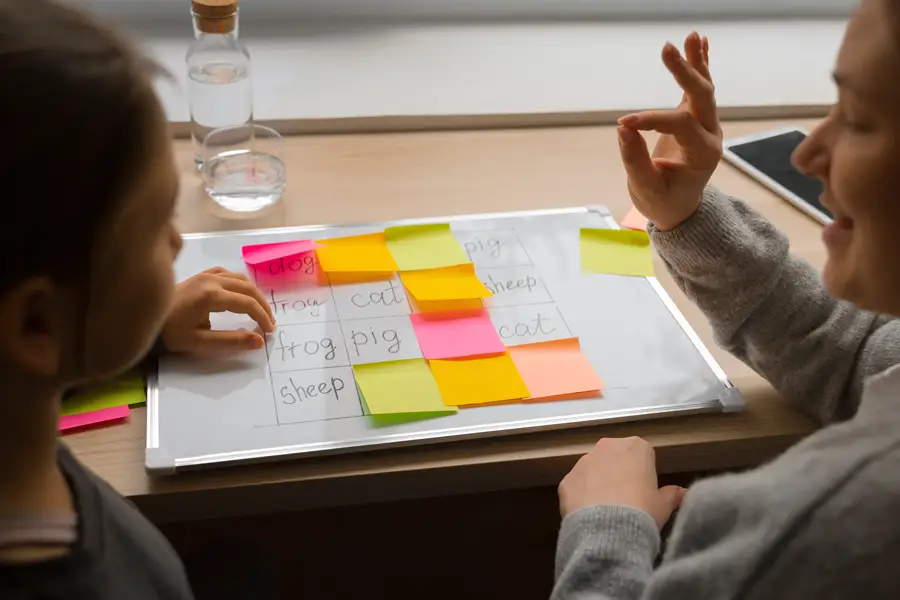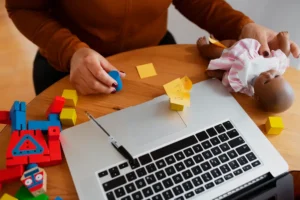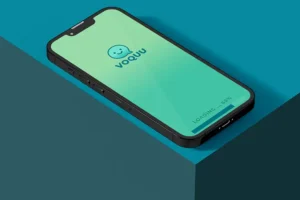5 Types of AAC Tools Explained Simply
5 Types of AAC Tools Explained Simply (With Real-Life Examples)
AAC tools come in many forms, and organizations like Communication Matters offer real-life examples of how they help children thrive in daily life. These tools aren’t just devices or apps. They’re bridges — helping a child share a feeling, ask a question, or say “I’m here.”If you’re a parent, educator, or therapist just starting to explore AAC, here’s a simple guide to five common types of AAC tools — examples from everyday life.
1. Picture-Based Communication Boards
These are some of the most widely used AAC tools. They include physical boards or printed sheets with images representing needs, emotions, or actions.
Example:
A board with icons like “toilet,” “food,” “help,” or “I’m tired.” Children can point to images to express themselves.
🧠 Often used in early intervention and classroom routines.
2. PECS (Picture Exchange Communication System)
PECS goes a step further than pointing — children hand over a picture card to communicate.
Example:
A child gives you a card with a picture of juice to say “I want juice.”
🧠 Encourages social exchange and turn-taking.
3. Speech-Generating Devices (SGDs)
These electronic tools speak a word or phrase when selecting a button or symbol.
Example:
A tablet that says “I’m happy” when a child taps a smiling face.
🧠 Many SGDs can be personalized with familiar voices and custom vocabulary
4. Sign Language and Gestures
Not all AAC is visual or digital. Hands can speak too.
Example:
A child signs “more” during mealtime or waves to say goodbye.
🧠 Works best when family, educators, and peers understand the signs.

5. AAC Apps (Like VOQUU)
Mobile apps are becoming more common, mainly because they’re portable and adaptable.
Example:
VOQUU lets children tap symbols and routines using calming visuals — even offline.
🧠 Ideal for flexible, everyday communication support at home or on the move.
Final Thoughts
AAC isn’t a “fix.” It’s support.
And the right tool depends on each child’s needs, abilities, and comfort.
Everything changes when children can express themselves, whether by pointing to a picture, handing over a card, or tapping an icon.
If you’re curious how these methods work in daily routines, check out our post:
👉 How to Help a Nonverbal Child Communicate Better





